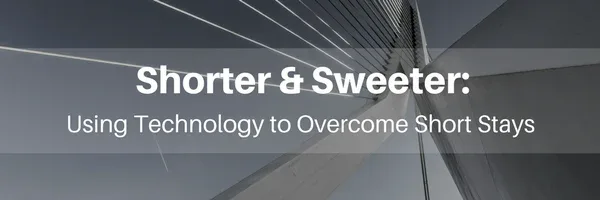By Mary Beth Bednarz, Manager of CDI and Utilization Review at Charlotte Hungerford Hospital (CHH)
As an important precedent, I view the CMS Two-Midnight Rule as valuable and necessary, however, it does come with associated challenges, many of which are felt directly by the hospital’s case management staff. When a Medicare beneficiary presents to CHH, physicians and staff must make the crucial determination of whether to admit them as an inpatient or outpatient. Increasing scrutiny on this process through audits and denials, the Two-Midnight Rule makes it far more important that our determination is correct, both upfront and if the patient’s status changes during their stay.
After the rule came into effect, far too many of our patients were discharged less than 24 hours after being admitted to inpatient status, meaning CHH lost the opportunity to downgrade to an observation status via Condition Code 44. Because of these errors, CHH lost valuable observation revenue (not to mention drove the finance staff crazy!) since the entirety of the hospital stay became an outpatient encounter.
To adapt, the CHH case management process has undergone significant changes, most of them enabled by technology.
Prior to engaging the Xsolis team, the hospital’s short-stay rate had continued to rise, causing discomfort for all accountable parties in the organization – not only because of the financial risk, but also because it would open the hospital to audits by government contractors down the road. Knowing this needed to change, staff integrated the Xsolis platform with the electronic medical record system and set up instant text notifications to not only me, but our managers and the CDI staff as well, to alert us when a patient is at risk of a short stay. This has helped staff to identify Inpatients at risk of a short stay before discharge which allows us to make appropriate changes – eliminating compliance risk and ensuring we receive appropriate reimbursement. CHH has reduced its short stays by 69% in 2017 alone, a change that is meaningful not only to the team, but to the CFO as well since we are now receiving the proper reimbursement for the care delivered. Though CHH is relatively small, this has had a tremendous impact on the bottom line.
In addition to billing and status, the overall Case Management process has also been drastically improved.
Where our initial and continued stay reviews had been handled by two separate teams – who were still unable to keep pace due to other demands and limited resources, we now have only the CHH UR team handling all admission reviews in under ten hours per day. This is now freeing up other resources to handle separate responsibilities. When doing clinical rounds and continued stay reviews, my team can now prioritize cases and review when prompted, which saves them a lot of time and effort. For continued stay reviews and rounding, it is also helpful to have everything on hand to present to the attending physician – the data Xsolis provides gives them a better picture of the patient’s condition and discharge readiness, both of which have been truly helpful in getting our conversations aligned (a herculean task at times). I’m planning an educational session with many of our internal physicians, as I see a great deal of value for them in time-savings.
As we are all running a mile a minute, even small savings add up to huge gains for our team.
In addition to the results we have already seen, I expect even more positive outcomes from the process improvements we have implemented in just the past few months. And, as we continue to find new ways to incorporate the technology and find additional use cases across the organization, the impact of technology will continue to be felt throughout our hospital – equipping our team to do their best work more quickly and efficiently.
